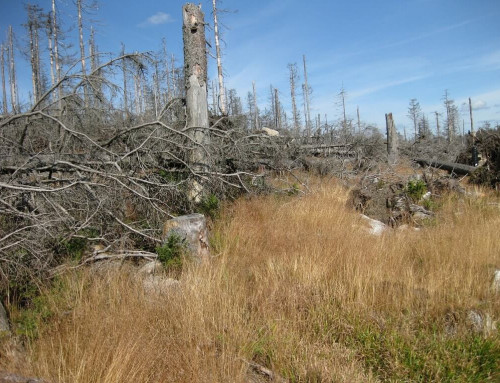
Land and Sea breezes occur along coastal areas such as beaches. Image by Livescience.
ZIMSEC O Level Geography Notes:Land and Sea breezes
- As the name clearly suggests these breezes occur along coastal areas or along large lakes and water bodies.
- A breeze is a cool and calm wind.
- There arise as a result of differential heating and cooling between land and adjacent sea areas during the day and at night.
- The resultant pressure differences produce gentle breezes which affect coastal areas during calm clear anticyclonic conditions.
Sea breeze

Sea breeze. Image by Brisbanehotairballooning.
- It occurs during the day.
- The land heats up quickly by conduction and air rises.
- The air moves towards the sea and falls since it is denser.
- The air creates an area of high pressure over the sea while the land has low pressure since it is hotter when compared to the ocean’s surface.
- The sea absorbs heat more slowly during the day and transmits it to greater depth so it remains cool.
- A cool sea breeze moves from the sea towards the land.
- The sea breeze is capable of reducing temperatures by as much as 15°C along coastal areas and may produce fogs.
Land breeze

Land breezes occur at night. Image by Brisbanehotairballooning.
- At night the reverse happens.
- Land quickly loses its heat while the ocean cools at a slower rate because water has a higher heat specific capacity.
- This means air over the water is less dense and begins to rise creating low pressure above the ocean’s surface.
- Cooler dense air from the land begins to move to the water surface to replace the warm rising air.
- A cool gentle breeze blows towards the ocean.
- This is called a land breeze.
Go to Geography Notes Home to access more topics.



